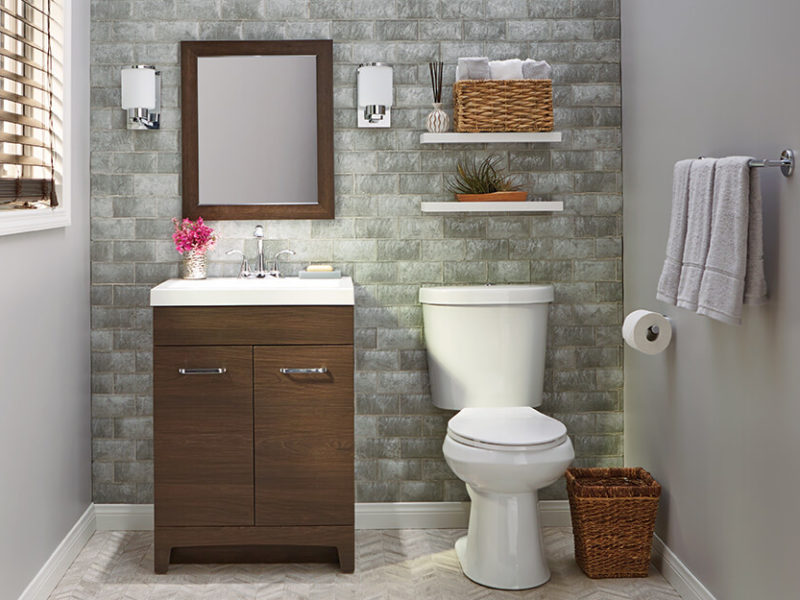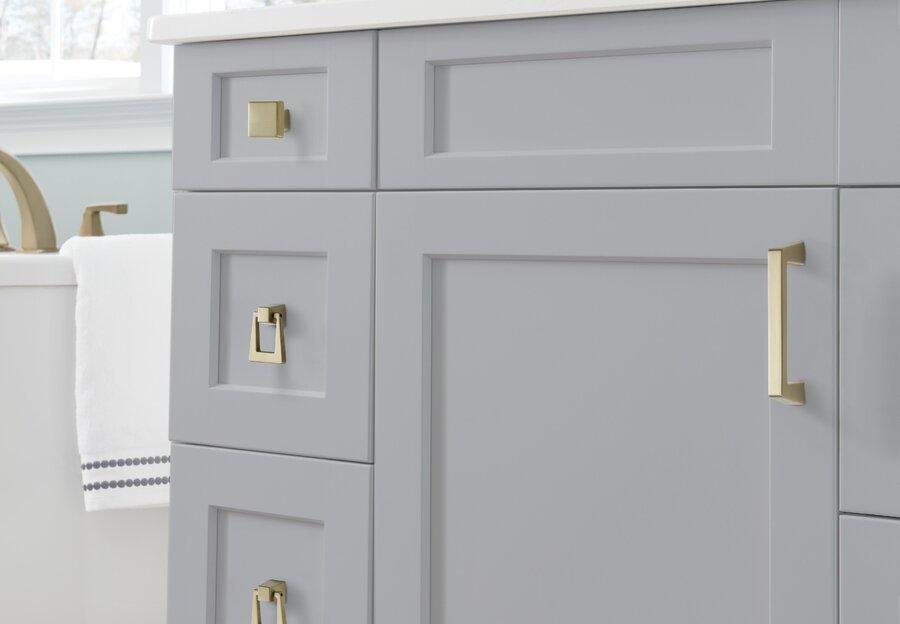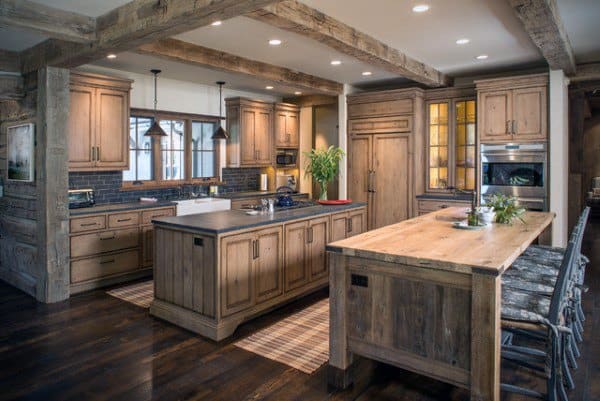
Before you decide whether to tear down a wall or not, you should know what its materials are. Non-load bearing walls will require a more surgical approach. Blasting them down with hammers is dangerous and can cause damage. You can instead remove a wall layer by layer, just like peeling an onions. First, remove all items from the wall. Then remove the drywall. You can then remove all wall support structures, and the existing studs will need to be cut down.
Before starting, you must first determine if the wall is load-bearing or not. This can be a difficult task if the wall is constructed of bricks. In such cases, you will require a structural engineer’s report. The next step will be to determine if the wall has any plumbing in it. If there is plumbing in the wall, you will need routing the pipes and electrical outlets. It can be dangerous to remove load-bearing walls.

You might consider tearing down a wall if you are renovating an old home. This is a great idea to increase the space in your home and make it more inviting. Then, you can start working on a new design. By knocking down a wall, you can get more space in your house. Remember to protect your property. Take into account the impact of demolishment on the surrounding areas and the structure.
Before you begin to tear down a wall you must first determine if it is load-bearing. By looking at the wall carefully, you can usually determine if it is load bearing. If you're working on a second floor, you can check for any drains in the basement or crawlspace. Next, you can begin to remove the wall. It is a great idea to open up the space and let more sunlight in.
Before you remove a wall, make sure you check for plumbing. It's important to know if the wall is load-bearing by inspecting it closely. A sink may have drains in the wall. Check the pipes below to ensure they are free of obstructions. Also, make sure you turn off power and water mains if they are in your crawlspace.

Before tearing down a wall, make sure you shut off the water supply and the circuit breakers in the home. If you're tearing down a wall in a crawlspace, be sure to consider the plumbing. If the toilet or sink is blocked, it could be a load-bearing wall. You can also check for other plumbing connections if you are removing a wall from the second floor. Check your crawlspace.
FAQ
How many times should my furnace filter need to be changed?
The answer will depend on how often your family is going to use your heating system. If you plan to leave your house for long periods of time during cold weather months, you may consider changing your filter more frequently. If you are not likely to leave your house for long periods of time during cold weather months, you might be able make more frequent changes.
A furnace filter can last about three months. This means that your furnace filters should be changed every three to four months.
You can also check the manufacturer's recommendations for when to change your filter. Manufacturers recommend changing your filter after each heating season. Other manufacturers suggest waiting until visible dirt builds up.
How do you choose a good contractor to work with?
Ask family and friends for referrals when looking for a contractor. Look online reviews as well. It is important to confirm that the contractor that you choose has worked in the same area as you. Get references from other people and review them.
Do you prefer to hire a general contractor, or a subcontractor for your project?
A general contractor will usually cost more than a subcontractor. General contractors have many employees so often charge their clients a high amount for labor costs. Subcontractors, on the contrary, hire one employee and charge less per hour.
Statistics
- Design-builders may ask for a down payment of up to 25% or 33% of the job cost, says the NARI. (kiplinger.com)
- A final payment of, say, 5% to 10% will be due when the space is livable and usable (your contract probably will say "substantial completion"). (kiplinger.com)
- On jumbo loans of more than $636,150, you'll be able to borrow up to 80% of the home's completed value. (kiplinger.com)
- Rather, allot 10% to 15% for a contingency fund to pay for unexpected construction issues. (kiplinger.com)
- Most lenders will lend you up to 75% or 80% of the appraised value of your home, but some will go higher. (kiplinger.com)
External Links
How To
What should I budget for the restoration of my old home?
Cost of renovating your house will depend on the number of rooms you want to upgrade, what type of renovations are planned, where you live, as well as whether you hire professional help. The average cost for renovations is $10,000 to $50,000 depending on how large and complex the project.
If you plan to sell your house after renovations, the value of the home will likely be lower than its market value. This is because you do not take into consideration the costs for repairs, upgrades, or improvements. It is possible to lose money if your home looks shabby before you sell. However, investing enough energy and time into improving the appearance of your home can help increase the value you get for it when you list it.
These are some factors that will help you determine which projects you should start:
-
Your budget. Begin small if your budget is limited. You can start small, for example, by tackling one room at a given time. A contractor who specializes is kitchen remodeling can be hired to make significant changes in your home without spending a lot.
-
Your priorities. You decide what you are going to do with your home. Even if you focus on one issue, it is important to remember that even minor problems can quickly grow. For instance, if your roof leaks every time it rains, you might end up having to replace it sooner rather than later.
-
Your timeline. It's important to prioritise projects that don't impact the resale of your existing home if you plan on buying another property in the near future. If you are looking to purchase a new home next year, for example, you might not want to replace your bathroom fixtures or install hardwood floors right away. To make these upgrades, it might be a good idea to wait until you leave your home.
-
Your skills. Find someone to help you if you don't have the necessary skills. For example, if your carpentry skills aren't strong enough to build custom cabinets, you might be able to hire a cabinet maker to do the job.